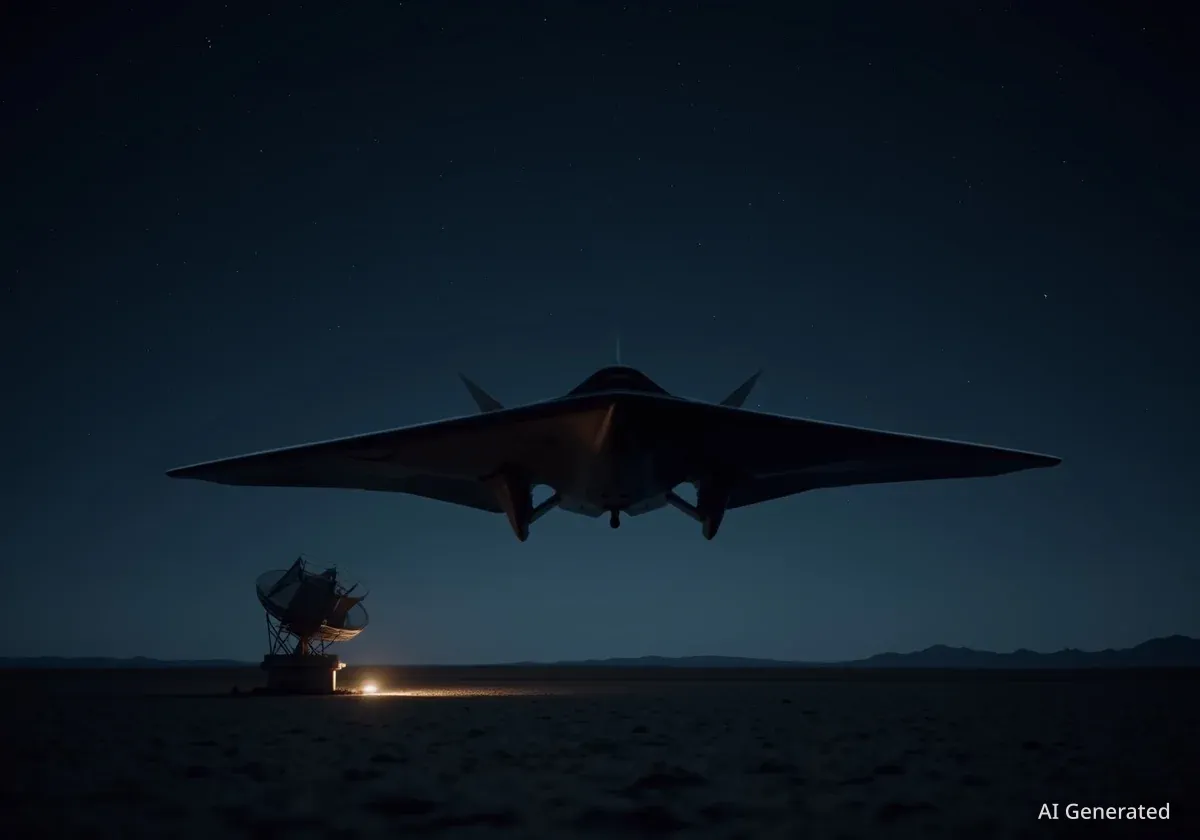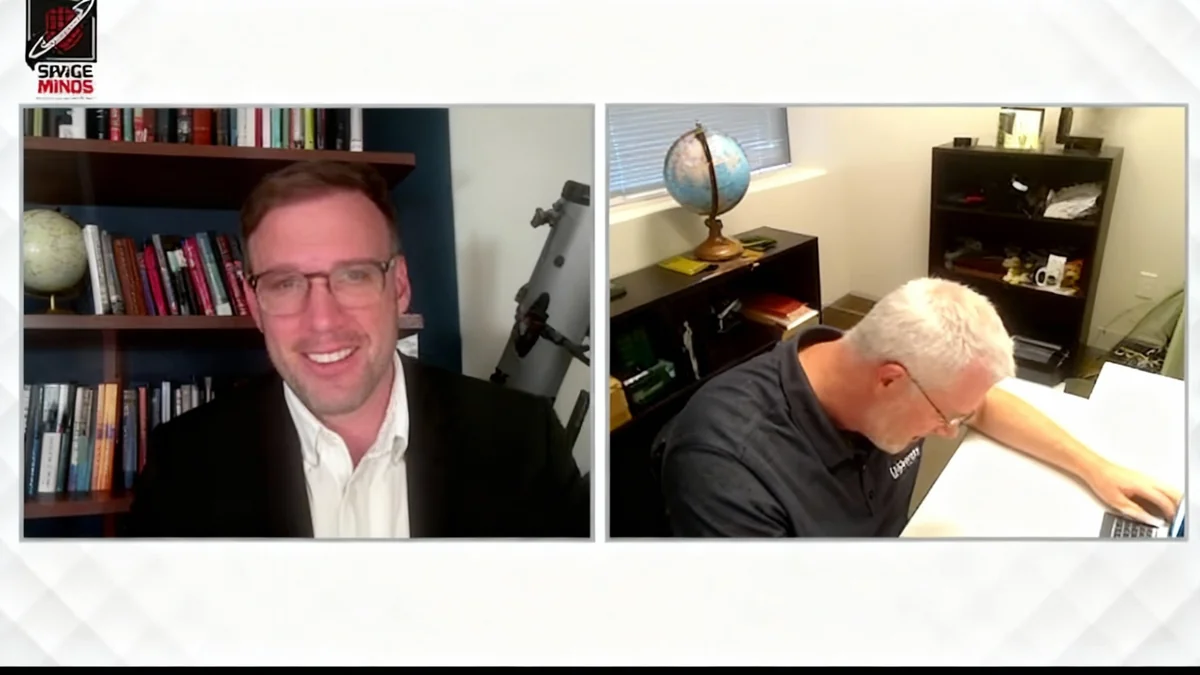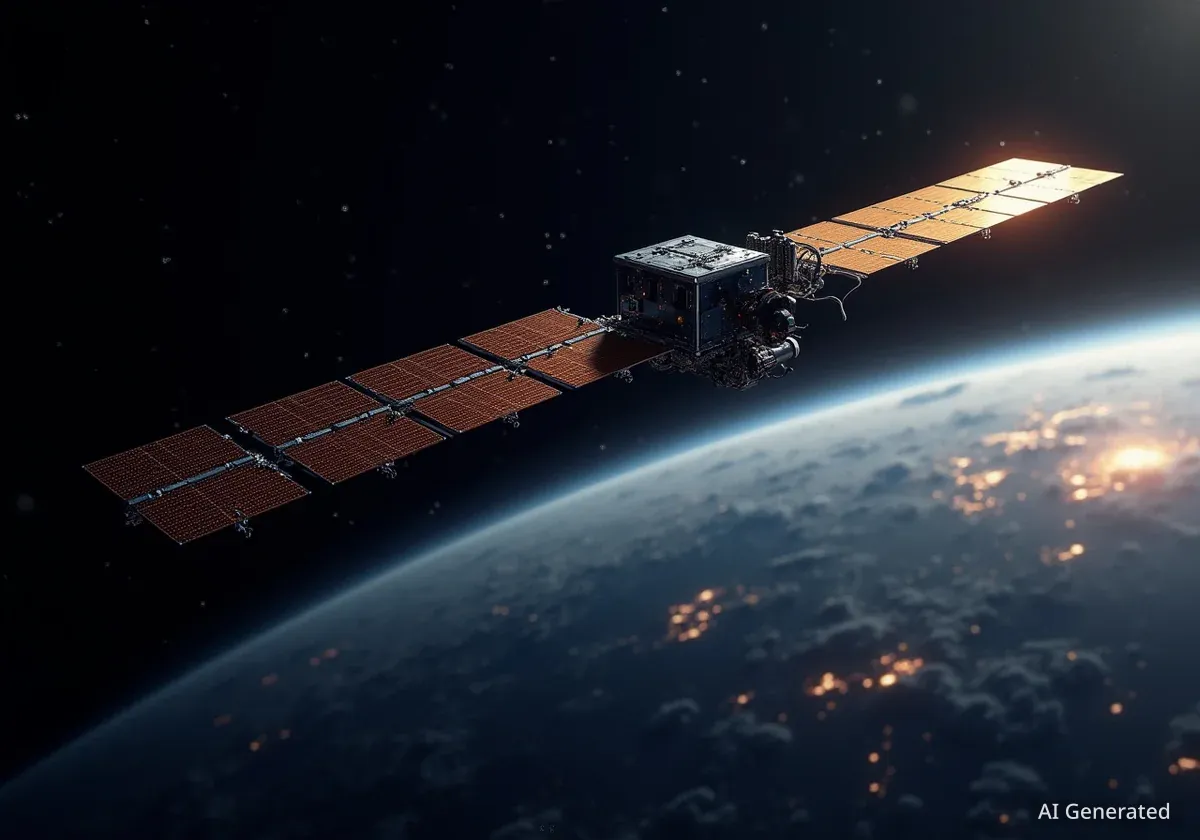The United States Space Force provided essential navigation and electronic warfare support for a B-2 Spirit stealth bomber mission that targeted three Iranian nuclear sites in June. Officials confirmed that specialized teams ensured GPS-guided weapons reached their targets and protected the aircraft from detection during the operation.
The mission, codenamed Midnight Hammer, underscores the increasing reliance on space-based assets in modern military conflicts. Following this operation, the Space Force is accelerating plans to enhance its training methods, including the proposed deployment of "aggressor satellites" to simulate real-world threats.
Key Takeaways
- Space Force guardians supported a B-2 bomber strike on three Iranian nuclear sites in June.
- Support included navigation warfare for GPS-guided bombs and electromagnetic warfare to protect the aircraft.
- This was the first time a task-organized electromagnetic warfare unit was used in this capacity for a bomber mission.
- The Space Force plans to introduce "aggressor satellites" in orbit for more realistic training exercises.
- A new unit, System Delta 81, has been established to develop advanced training tools and tactics.
Mission Support for Iran Strike
During a panel discussion at the Air, Space & Cyber Conference, Lt. Gen. David N. Miller, Jr., the Commander of Space Operations Command, detailed the significant contributions of his personnel to the successful bombing run. He explained that the space warfighting infrastructure was integral to the mission's execution.
"There was a lot that happened from the space warfighting infrastructure in order to facilitate (Midnight Hammer)," Miller stated.
He specified that teams from Peterson Space Force Base were directly involved. A navigation warfare team ensured that GPS-enabled munitions, such as bunker-buster bombs, maintained accuracy despite potential interference. This capability is critical for precision strikes on fortified targets.
First Use of Specialized Electronic Warfare
A key aspect of the operation was the use of an Electromagnetic Warfare Team, which Miller described as providing "covering fires" to support the ingress and egress of the B-2 bombers. This marked a significant milestone for the service branch.
"It is the first time we’re able to say, there were electromagnetic warfare forces employed in association with that mission, task organized, trained and equipped, specifically focused on ensuring those B-2s got in and got out," he said.
What is Electromagnetic Warfare?
Electromagnetic warfare (EW) involves using the electromagnetic spectrum to sense, protect, and communicate. In a military context, it can be used offensively to jam enemy radar systems, disrupt communications, and interfere with GPS signals, effectively blinding an adversary and allowing friendly forces to operate undetected.
While Miller did not provide specific details on the tactics used, electromagnetic warfare is commonly employed to interfere with radar systems that would otherwise detect stealth aircraft and to jam location signals that could compromise a mission.
Modernizing Training for a Contested Domain
The success of the mission has reinforced the push within the Department of the Air Force to modernize its capabilities for an era of great power competition. Air Force Secretary Troy Meink acknowledged that the U.S. may have been slow to respond to the weaponization of space by other nations but is now moving aggressively to catch up.
"Every single mission area that the Air Force and the Space Force have to do are in the progress, or in the midst of being modernized," Meink said at the conference.
A Focus on Readiness
The U.S. Space Force is responsible for operating and defending a vast array of military assets in orbit, including GPS satellites, missile-warning systems, and secure communication networks. According to officials, the service manages 68 different bespoke weapon systems, each requiring specialized training.
Gen. Chance Saltzman, the Chief of Space Operations, used recent events in Ukraine to illustrate the consequences of losing control of the space domain. "Prolific GPS jamming will cripple civilian infrastructure, forcing society back into its analog past," Saltzman warned, highlighting the dual-use nature of space technology.
Introducing Aggressor Satellites
A central part of the new training strategy involves creating a more realistic practice environment. Gen. Saltzman announced plans to place dedicated "aggressor satellites" into orbit. These satellites would be designed to simulate the capabilities of potential adversaries, allowing Space Force guardians to train against live, unpredictable threats.
This initiative aims to move beyond simulations and provide hands-on experience in orbital defense, satellite maneuvering, and electronic warfare countermeasures. It addresses what Lt. Gen. Miller described as a lack of "high-fidelity training systems" across many of the force's platforms.
New Commands and Digital Environments
To support this enhanced training, the Space Force is developing new physical and digital ranges. Maj. Gen. Jim Smith, who leads the Space Training and Readiness Command, explained that digital environments are crucial for certain scenarios.
"There’s a lot of tests that we need to do that maybe we don’t want to do in an environment where it can be openly observed, or we just don’t have the capability to execute in an open and real-world environment," Smith said.
This approach allows for the testing of sensitive tactics and technologies without revealing them to adversaries. The Space Training and Readiness Command, which recently moved its headquarters from Colorado to Florida, is spearheading these efforts.
System Delta 81 Established
Further bolstering these efforts, a new unit named System Delta 81 was activated at Peterson Space Force Base in early September. This unit is tasked with supporting the development of new training tools through several key functions:
- Operational testing of new systems.
- Development of combat training exercises.
- Validation of new tactics and procedures.
System Delta 81 will collaborate with intelligence agencies, research laboratories, and other military commands to ensure that the Space Force's training curriculum remains ahead of emerging threats. This initiative represents a foundational step in building a more agile and prepared force capable of operating effectively in a contested space environment.





